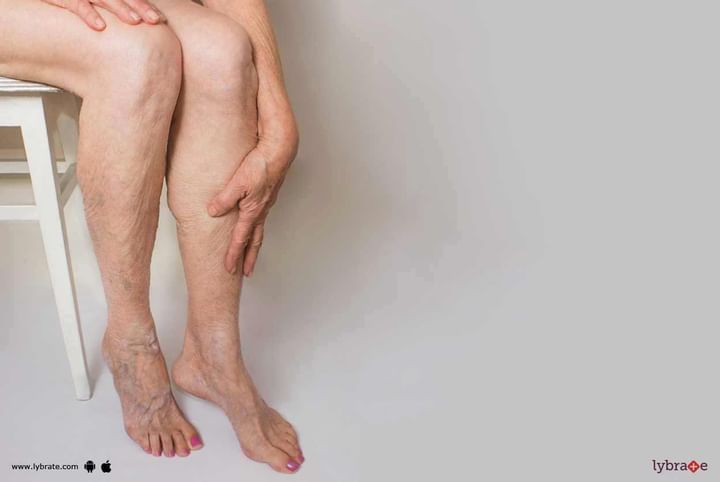Leg Bypass - Know More About It!
Peripheral Artery Disease (PAD) is caused by atherosclerosis or plaque build-up in the leg arteries. Mostly, individuals with PAD have mild or no symptoms. But with the extension of the blockages, individuals may experience disability and pain that restricts free walking. In more severe cases, individuals may develop a risk of losing their limb if the circulation is not improved.
There are various ways to improve the flow of blood in the leg, especially for individuals with severe PAD. The objectives of improving the blood flow in the limb include improving functional ability, reducing pain, preventing amputation, and providing a better quality of life.
Symptoms
Symptoms of Peripheral Artery Disease may include gangrene, claudication or pain in leg muscle while walking, pain at night mainly in the feet and leg, and feet sores.
There are a number of treating methods for PAD. Both invasive and traditional methods are used to treat Peripheral Artery Disease.
Stenting and Angioplasty are invasive treatment methods. The traditional method includes bypass surgery. The best available treatment method for an individual depends upon various factors such as severity, location of the artery blockage in the leg, general health of the patient, history of any vascular problems, and previous treatments.
Surgical bypass in the leg or Lower Extremity Bypass Surgery is usually the last option for the patients with PAD. This method is used when all the other alternative treatment methods fail or are not suitable for the individual. During the Leg Bypass Surgery, the surgeon forms an alternative channel for blood flow to bypass or avoid the blocked area and restore the direct flow of blood to the lower leg and foot.
The risks and benefits of the surgery are calculated prior to the surgery. For the best result of the surgery, surgeons try to use the patient’s own saphenous vein, from inside the leg, to execute these grafts. Surgeons may also use veins from other leg or arms or use prosthetic or artificial graft, in case the required length of the saphenous vein cannot be achieved.
The results of artificial and saphenous vein from other limbs are not as effective as the saphenous vein from the same leg. Thus, the availability of an appropriate vein to execute this method is an important consideration that is taken into account before the surgery.
Takeaway
Leg Bypass Surgery is one of the medical procedures for the treatment of Peripheral Artery Disease. In PAD, the artery of the leg is blocked which can hinder the daily life of the individual.
The symptoms can be mild or absent but, in the case, where symptoms are severe, and affecting the quality of life of the patient, treatment becomes a necessity. Bypass surgery is the last option used when other alternative methods fail to help the patient.



+1.svg)
